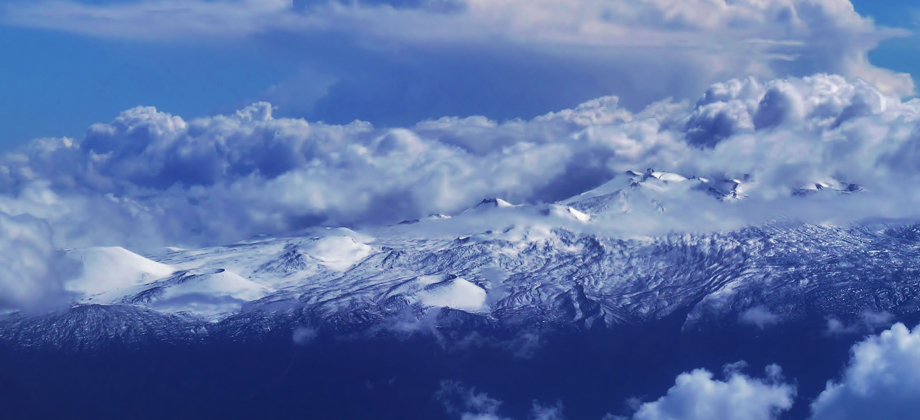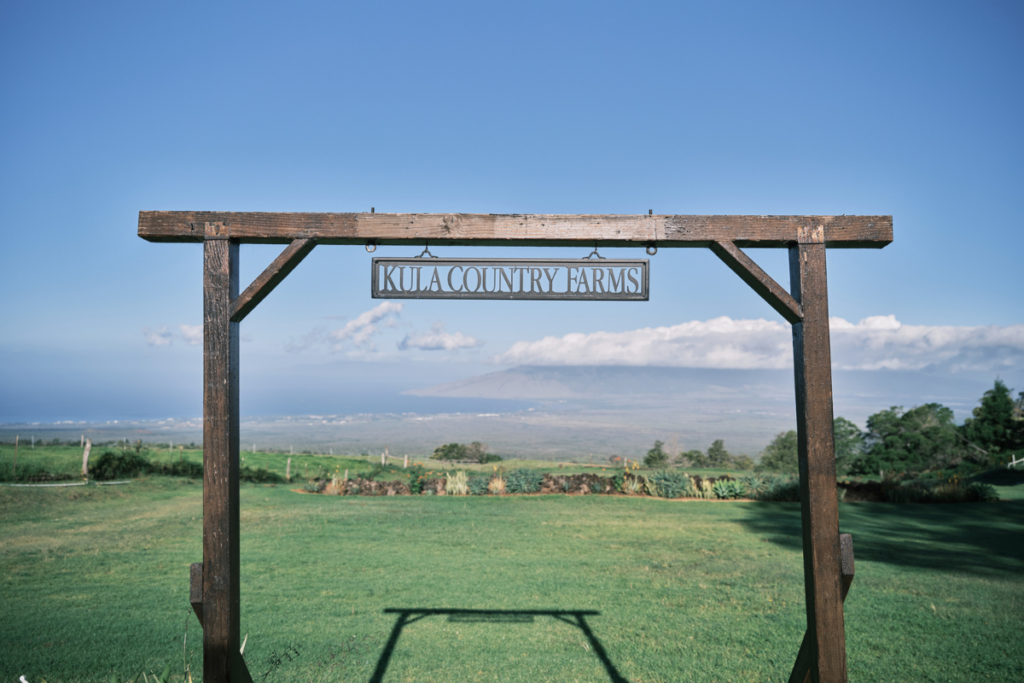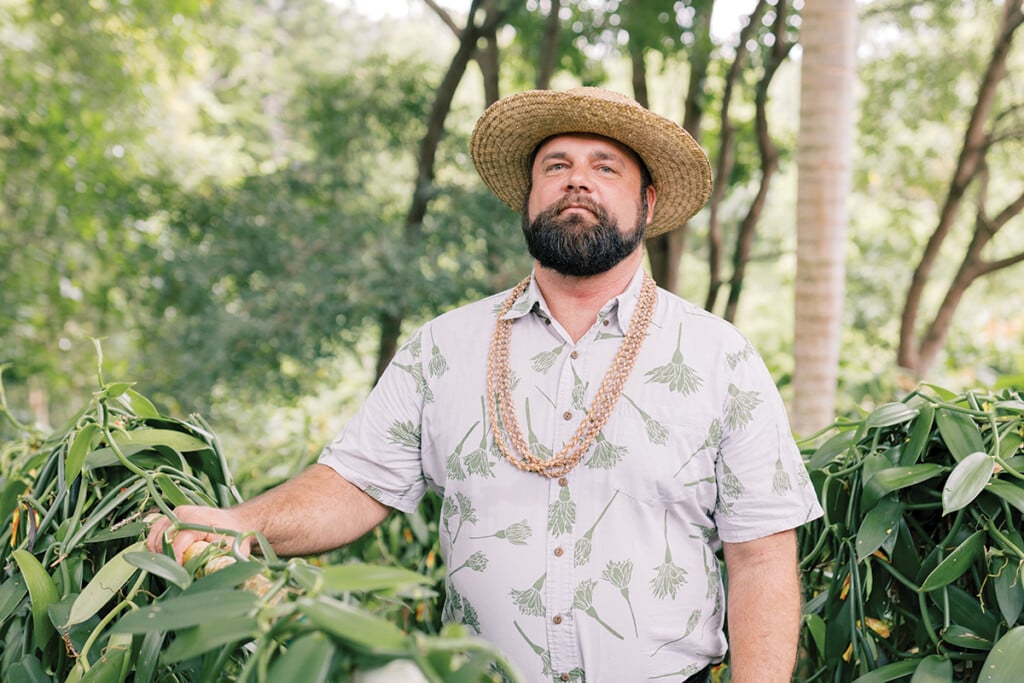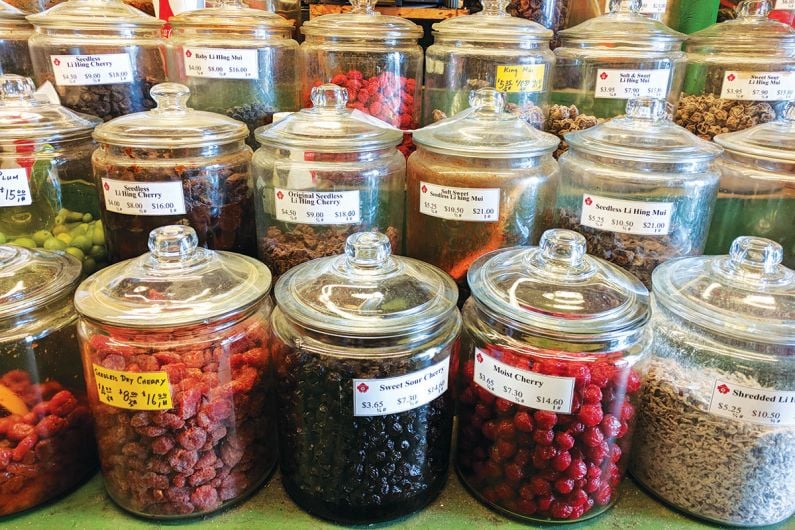Your seasonal reminder that it snows in Hawaii and it’s truly alluring
The snow-capped volcano of Mauna Kea can be viewed from January to February.

As we approach the holidays, here’s your winter-y reminder that it snows in Hawaii. Yes, snow in Hawaii.
Mauna Kea, Hawaii Island’s dormant volcano, receives a dusty snowfall through the January/February months (sometimes even during the summer). Instead of palm trees and sandy beaches, snuggle up to these views of the snow-capped summit with a cup of hot cocoa.
Mauna Kea is the highest point in the Islands standing at nearly 14,000 feet.

Measuring from its base level at the sea floor, it’s the highest mountain in the entire world, surpassing Mount Everest.

Translated literally from Hawaiian as “White Mountain,” the proper interpretation of Mauna Kea is actually short for Mauna a Wakea.

In Hawaiian mythology, the name references the sky father Wakea, who Native Hawaiians believe the formation belongs to.

It’s the only Hawaiian volcano with distinct evidence of glaciation.

It has wide and broad slopes created by fluid lava flows that stretched out slowly and smoothly over large distances.

Mauna Kea is estimated to be about one million years old and last erupted 4,000-6,000 years ago.

For the astronomy field, Mauna Kea’s summit is considered one of the world’s best because of its stable aridness making it favorable for observing atmospheric observation and clarity.

Hawaii has legislation in place to minimize light pollution created by city lights.

Standing at Mauna Kea’s summit places you at 40% above the Earth’s atmosphere.

There are more than 300 cinder cones on Mauna Kea’s upper slopes.

The slopes of its lower terrain is fertile for the state’s famous coffee industry.

Mauna Kea State Park is a 20.5-acre state of Hawaii protected area at the southern base.

Various cloud formations and colors throughout the day create new views of which to see Hawaii.



